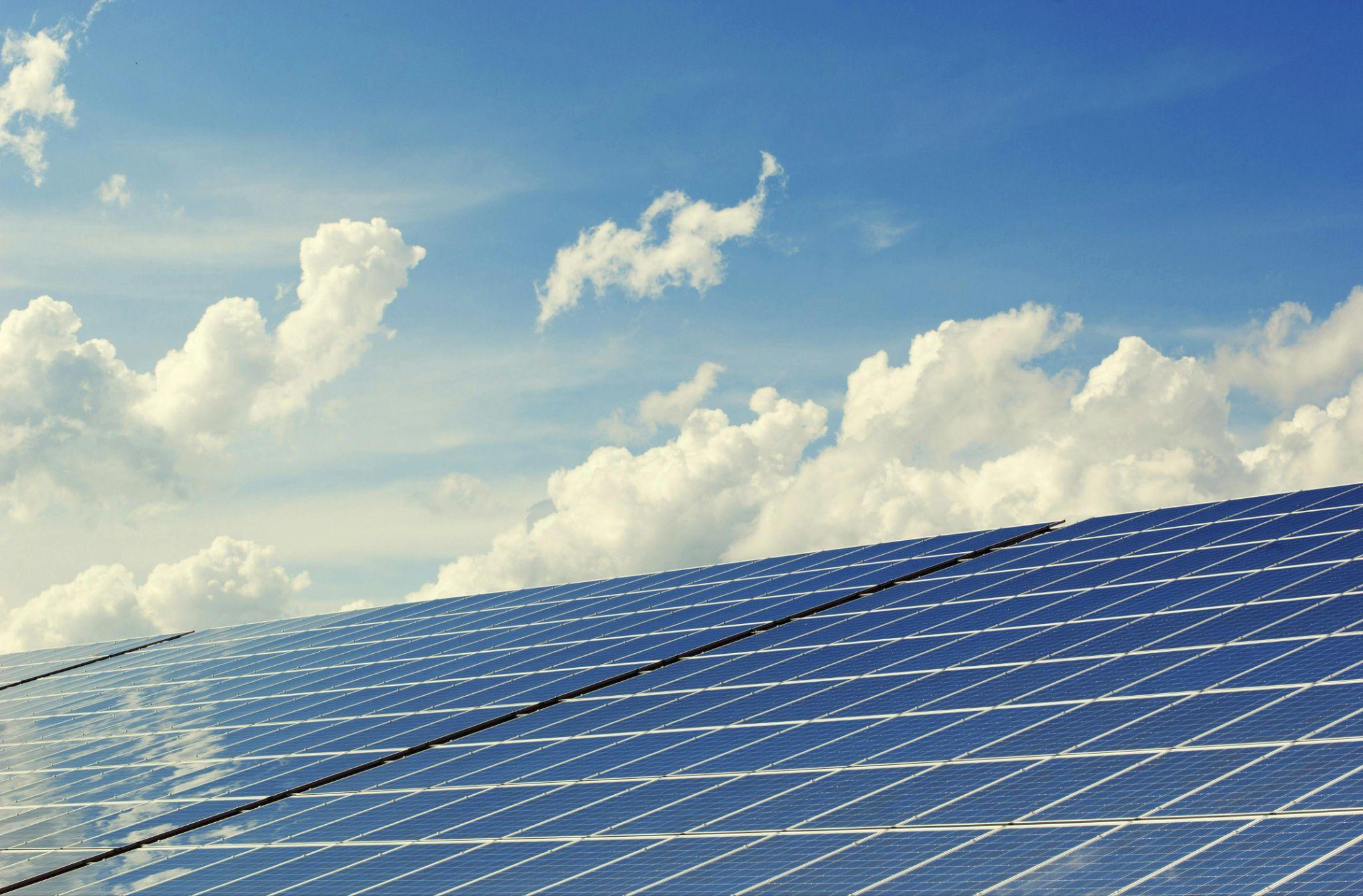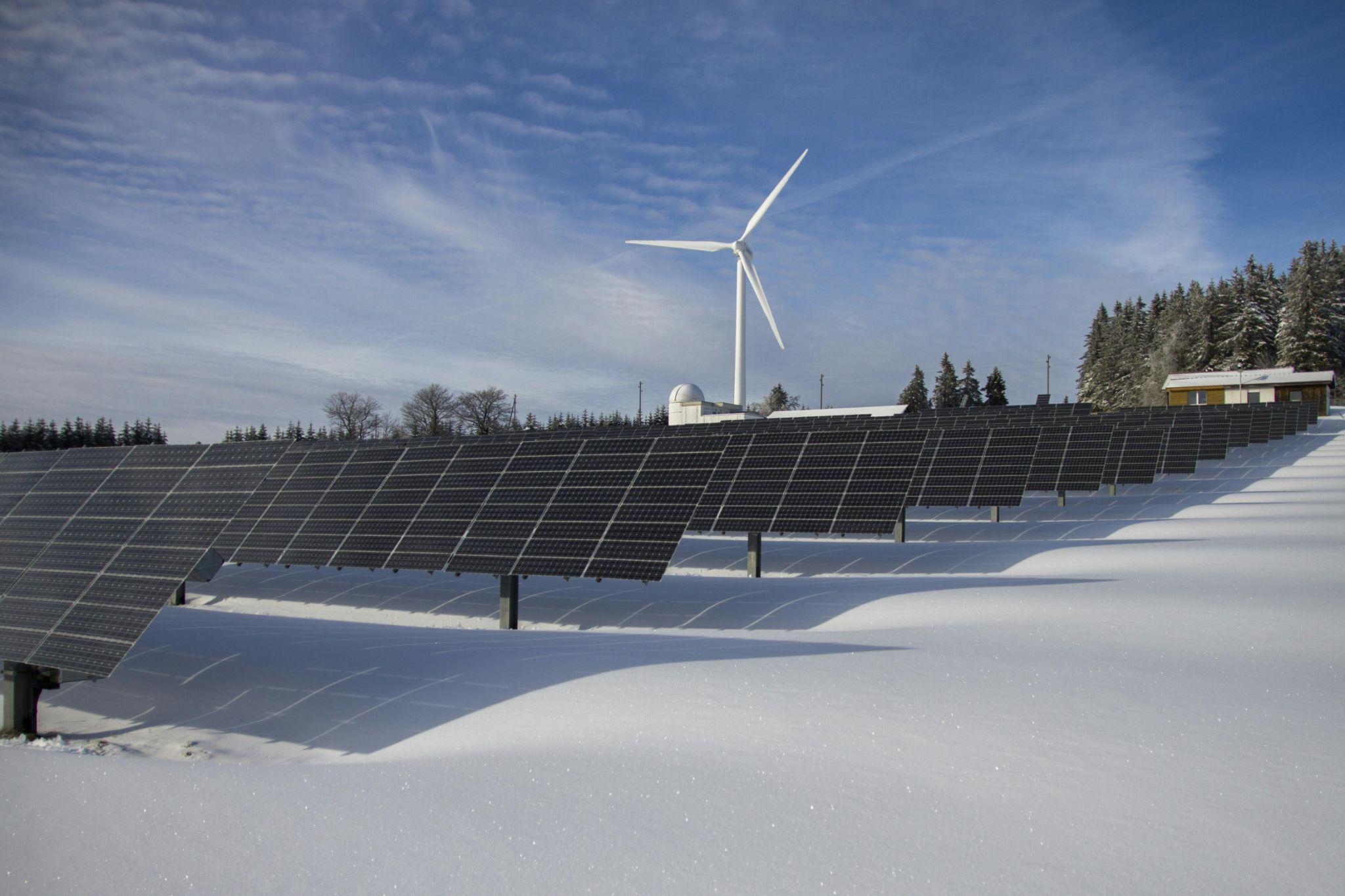The spot price is used to coordinate electricity supplies from power stations with real-time consumption by households and businesses, fluctuating hour by hour based on bids, offers, and models of transmission system operations.
As it primarily affects people who have variable price electricity contracts, but other factors could have an effect on your bill such as subscription fees, energy taxes or VAT.
Based on your business type and risk tolerance, there are various electricity contracts from which to select. A fixed contract offers an easy solution; locking in an agreed unit rate over its duration provides peace of mind while creating a consistent budget. This option may be ideal for companies that value the predictability of expenses over fluctuating market prices.
Pass through contracts are also an attractive solution, providing businesses with access to wholesale market suppliers directly rather than through distribution companies. Large enterprises often use pass through contracts as a way of cutting energy costs but require more management effort than fixed contracts.
Short-term contracts typically cover periods under one year and typically offer six-month, three-month and month-to-month plans. Though short-term contracts may initially offer lower rates at signup, their price per unit can change depending on market fluctuations and make budgeting harder than planned; as well as potentially leading to higher renewal costs.
Long-term contracts typically cover 60 months and are more difficult to terminate midway than shorter agreements. Furthermore, they may include early termination fees that range from a percentage of the total contract cost to a flat fee depending on when termination occurs.
Hybrid contracts and spot price contracts provide customers with a way to combine a fixed-rate energy contract with the market rate, potentially offering substantial cost savings for residential and small commercial customers. While such plans tend to be less popular among consumers than fixed-price contracts, hybrid and spot price contracts still provide flexibility and options for saving.

The price of electricity on the spot market
The price of electricity on the spot market is an important determinant of your energy bill. Determined daily on Nord Pool power exchange, its rate varies hour to hour based on demand and supply; additionally, it’s affected by factors like weather conditions, production costs, and fuel prices, as well as what kind of contract your energy supplier offers you.
AEMO uses the spot market as a mechanism to match electricity supply from power stations with real-time consumption by households and businesses. When electricity prices increase in this market, more expensive generators increase output – such as gas peakers, pumped hydro plants, or fast response batteries; when prices decrease in this market, less expensive generators decrease their output accordingly.
Nord Pool’s spot market operates as a day-ahead market, where bids are submitted 12 to 36 hours before delivery. Bidders submit bids based on available power plant generation capacity, an expected demand forecast and transmission system capacity model.
The system operator ranks offers by price before selecting the lowest cost combination of resources to satisfy demand while guaranteeing reliable supply; thus the best spotpris strøm doesn’t always reflect true costs associated with producing electricity, which take into account losses across transmission systems. Be sure to read the fine print on any contract before signing.
Electricity prices are collected at 52 grid injection points where power stations feed electricity into the national network and at 196 grid exit points where it is sold to retailers and major users.
Large electricity consumers that can alter their consumption quickly are serviced by a separate market called the Reducing Power Market (RPM), with prices being calculated in Kilowatt Hours (kWh). Taxes and levies may apply.

The price of electricity on the Nordic market
The Nordic market is one of Europe’s oldest free electricity markets and the second-largest spot power market worldwide. Electricity prices on Nord Pool fluctuate depending on supply and demand factors such as whether Swedish reservoirs are full, weather conditions and outside temperature; as well as how much nuclear and fossil power generation capacity there is available. You can click the link: https://www.statista.com/statistics/1025137/net-consumption-of-electricity-in-norway-by-user/ to learn more about energy consumption.
The Nord Pool spot market is a wholesale energy market catering to large industrial customers and power suppliers. Prices are determined each day around lunchtime for an entire 24-hour day ahead, using bids and offers from participants; this short-term market adjustment ensures that the most efficient production resources are utilized first.
Electricity differs from other goods in that it cannot easily be stored, necessitating real-time balancing of the power system. At Nordic Power Exchange, they operate both a day-ahead bidding market and a real-time balance market, which are run by Statnett as part of their duties as TSO, respectively.
Furthermore, fast frequency reserves, primary reserves, and secondary reserves, as well as tertiary reserves, need to be held back from fast frequency reserves as reserves in this balancing market.
On the spot market, electricity pricing depends on a number of factors, such as the availability and reliability of different production sources and how effectively its power system connects with Europe. Gas costs also play a vital role, as do transmission infrastructure provisions.
Also influencing spot market prices are local grid capacities and transmission bottlenecks, such as those that prevent energy transfer between northern hydro plants and southern industrial consumers, thus increasing demand in southern Norway and decreasing network capacities. This impacts Nordic spot markets twofold; first by raising demand and secondly by restricting capacity.
Spot market electricity pricing is affected by political and economic events in Europe, such as the ongoing conflict in Ukraine. You can click here to learn more. Furthermore, developments on the European gas market that has caused oil and natural gas prices to surge have contributed to higher electricity rates in Nordic regions.
The price of electricity on the New South Wales market
New South Wales market prices of electricity are affected by weather, supply and demand dynamics and energy price movements on international markets. It forms part of Australia’s National Electricity Market (NEM), one of the world’s largest interconnected power systems with over 5,000km of high voltage transmission lines serving 9.7 million end-use consumers across Australia.
Wholesale electricity prices are a key component of your energy bill, comprising 35-45% of its total costs. Over the last quarter, spot prices in the National Electricity Market (NEM) saw significant increases due to rising daytime electricity demand as well as higher network and power station costs.
How much the wholesale electricity price impacts your power bill depends on the kind of contract you have with a retailer; some offer variable contracts which change according to spot prices while others have fixed rates known as default market offers (DMO).
Retailers can also gain access to cheaper wholesale power through hedging contracts – similar to insurance policies that set the wholesale energy costs over an extended period, usually 12-18 months. This helps manage their financial risk and provides more certainty regarding energy costs.
When spot prices rise, generators that supply the highest volumes of power respond by ramping up production to meet increased demand – including expensive rapid generators such as pumped hydro and fast-response batteries. Conversely, as soon as prices fall back down again those same generators may decrease output in order to reduce their costs and make profits again.
Shopping around for energy deals is essential to finding a good deal, as market offers can provide cheaper energy than the default price. But bear in mind that NEM spot prices do not represent your actual electricity bill – there are subscription fees, taxes, VAT and transport costs which come into play too.
The price of electricity on the Australian market
Australian electricity market prices are determined by supply and demand. Prices fluctuate depending on weather patterns; peak periods in electricity usage see an increase, with prices dropping significantly at nighttime when consumption levels decrease. Production costs also have an effect; when they are reduced the price may drop, vice versa.
The spot price is used to match power plant output with consumer demand in real time, using various markets such as day-ahead bidding market, real-time balance market and FM auxiliary service market. These markets are managed by market operation services providers while Transpower manages physical operations of this market.
Wholesale electricity prices on the Australian market have nearly halved over the past year, prompting hopes that household bills may also decline significantly. Generation costs account for one third of bills; their costs have seen significant reductions over time. Furthermore, Australia Energy Regulator slashed their default market offer; most households should experience pricing drops of between 7-10%.
However, it should be remembered that Australia’s average electricity price does not include state subsidies based on a formula which takes into account production and transmission costs. Australia still remains relatively expensive compared to other countries; according to a report by the Australian Competition and Consumer Commission, the average household cost per kilowatt hour is estimated at 27 cents; making Australia one of the highest costs globally for household power usage.
AEMC’s Wholesale Market Quarterly Energy Dynamics Report indicates that average wholesale electricity prices on the National Electricity Market had decreased in NSW, Victoria, and SA compared with their respective previous quarters but increased slightly in TAS and QLD due to milder weather conditions; reduced coal and gas fuel costs; as well as more economical renewable energy generation technologies. These decreases can be attributed to milder summer demand patterns, reductions in coal and gas costs, and an increase in cheap renewable generation resources.
Price of electricity depends on many variables, including temperature, wind and rainfall conditions as well as rooftop solar installations in a region. Transmission infrastructure issues or events, like those seen in Victoria in 2022 when severe storms brought down transmission towers, resulting in power outages for over 500,000 customers, can also have an effect.

0 comments